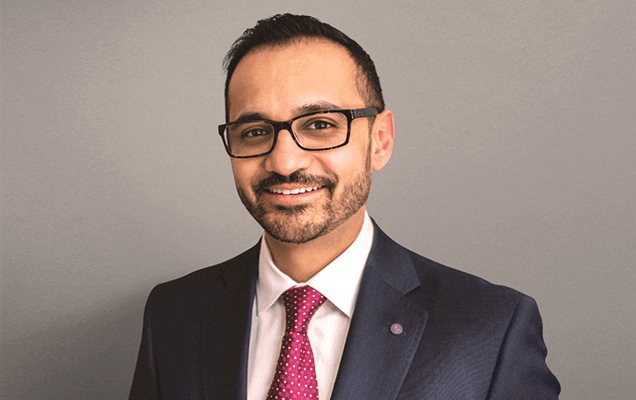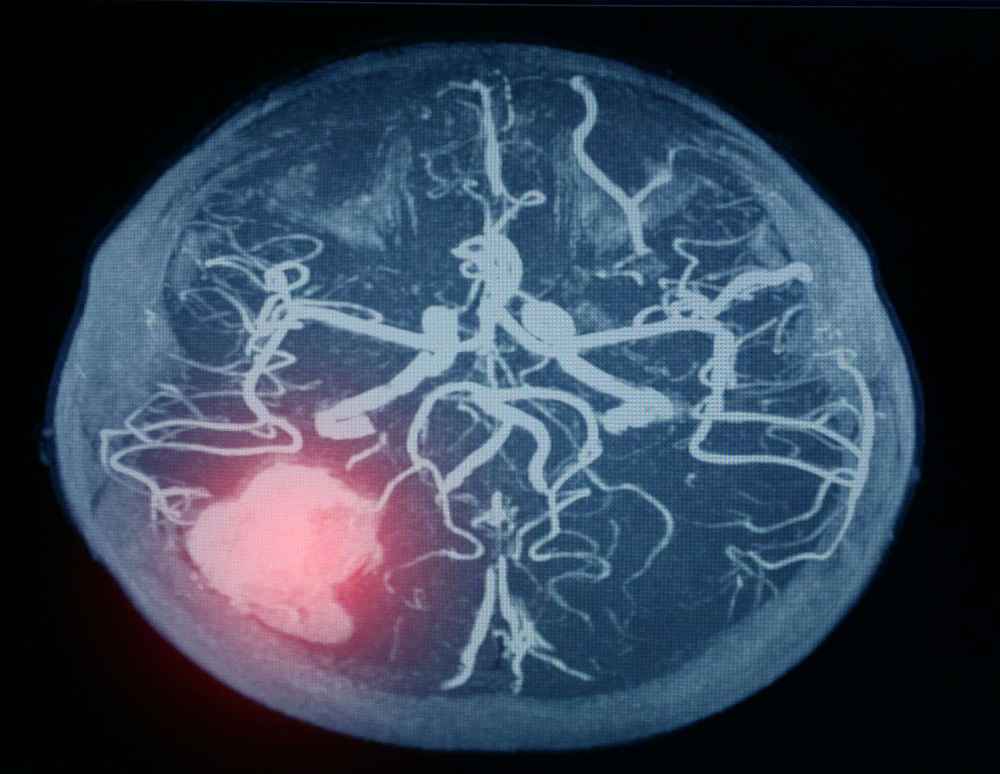Brain Aneurysm Recovery: What to Know
What is a brain aneurysm?
Unruptured Brain Aneurysms
An unruptured brain aneurysm is a condition where a weakened area of a blood vessel in the brain forms a bulge or sac but has not yet burst or leaked. Unruptured aneurysms often do not cause any symptoms, which makes them challenging to detect. They are usually discovered incidentally during brain imaging scans performed for unrelated reasons.
What causes unruptured brain aneurysms?
Several factors may contribute to the development of unruptured brain aneurysms, including genetics, smoking, high blood pressure, and certain medical conditions.
How are aneurysms diagnosed?
Unruptured aneurysms are usually detected through imaging tests like magnetic resonance angiography (MRA) or computed tomography angiography (CTA).
Once an aneurysm is identified, they are carefully monitored by medical professionals.
How is an unruptured aneurysm treated?
The decision to treat an unruptured brain aneurysm is complex and depends on factors like its size, location, and the patient’s overall health. Some aneurysms may require surgical intervention, while others can be managed through close monitoring and medication to address risk factors.
Ruptured Brain Aneurysms
A ruptured brain aneurysm occurs when the weakened blood vessel wall gives way, leading to bleeding into the brain or the space surrounding it, known as a subarachnoid hemorrhage (SAH).
Ruptured aneurysms are medical emergencies and often present with sudden, severe symptoms, including the “worst headache of your life,” nausea, vomiting, neck pain, loss of consciousness, or seizures. While unruptured aneurysms have their own set of risk factors, ruptured aneurysms are typically associated with factors such as high blood pressure, smoking, heavy alcohol consumption, and a family history of aneurysms.The diagnosis of a ruptured brain aneurysm is made based on clinical symptoms, medical history, and imaging tests, including CT scans and lumbar punctures to analyze cerebrospinal fluid
The Tri-State's leaders in Cerebrovascular treatments.
How is a ruptured aneurysm treated?
Ruptured brain aneurysms are medical emergencies requiring immediate intervention. Treatment options include surgical procedures to secure the aneurysm with clips or coils, medication to manage symptoms and prevent complications, and rehabilitation to address any neurological deficits resulting from the rupture.
Hospital Stay and Immediate Actions
A ruptured brain aneurysm is a medical emergency that necessitates a hospital stay. If you or someone you know experiences symptoms like a sudden, severe headache (often described as the worst headache of your life), nausea, vomiting, neck pain, or a sudden loss of consciousness, calling 911 immediately is crucial.
This could be indicative of a brain aneurysm rupture, leading to a subarachnoid hemorrhage (SAH), a condition characterized by bleeding into the space surrounding the brain.
Once you arrive at the hospital, a team of medical professionals, including neurologists, neurosurgeons, and neuroradiologists, will work together to assess your condition. Diagnostic tests such as a CT scan or MRI will be performed to confirm the presence of a ruptured aneurysm and assess the extent of the hemorrhage.
Treatment for a Ruptured Aneurysm
The treatment approach for a ruptured brain aneurysm depends on several factors, including the aneurysm’s location, size, and the patient’s overall health. In some cases, immediate surgical intervention may be required to secure the aneurysm and prevent further bleeding.
One common surgical technique for securing an aneurysm is the use of a metal clip. During the procedure, a neurosurgeon makes an opening in the skull, accesses the weakened blood vessel, and places a small metal clip at the base of the aneurysm to stop blood flow into it. This prevents the aneurysm from rupturing further and causing additional damage.
After surgery, the initial focus is on monitoring and stabilizing the patient’s condition. You may spend several days to weeks in the intensive care unit (ICU) or a specialized neurosurgical unit. During this time, medical staff will closely monitor your vital signs, neurological function, and manage any complications that may arise.
Recovery from Aneurysm
The immediate weeks following a ruptured brain aneurysm are considered the short-term recovery phase. During this time, the primary goals are to:
Stabilize Your Condition: The medical team will work to stabilize your condition and manage any complications that may occur after surgery.
Minimize Risk of Rebleeding: Preventing rebleeding is a top priority. This is achieved by keeping blood pressure well-controlled and by administering medications that reduce the risk of spasms in the brain’s blood vessels.
Pain Management: Pain and discomfort are common following brain surgery. Medications will be provided to alleviate pain and reduce headaches.
Rest and Rehabilitation: Rest is crucial during this phase. Avoid strenuous activities, and keep your head elevated when lying down to maintain healthy blood flow.
Physical Therapy: Depending on your condition, physical therapists may begin working with you to improve mobility and address any physical deficits resulting from the aneurysm or surgery.
Psychological Support: Coping with the emotional and psychological impact of a brain aneurysm can be challenging. Mental health support may be provided to help you and your family navigate this period.
Long-Term Considerations
As you progress through the short-term recovery phase, you’ll transition into long-term recovery. This phase involves more gradual rehabilitation and strategies to improve your overall health and well-being. Key considerations include:
Rehabilitation: Depending on your condition and the impact of the aneurysm, you may continue with physical and occupational therapy to regain strength and function.
Returning to Work: Returning to work or daily activities will be a gradual process and will depend on your specific circumstances. Consult with your medical team to determine the appropriate timeline.
Monitoring: Regular check-ups with your healthcare team are essential to monitor your progress and address any lingering concerns or complications.
Lifestyle Adjustments :Leading a healthy lifestyle becomes crucial in the long-term. This includes maintaining a balanced diet, managing stress, getting regular exercise (as approved by your healthcare provider), and avoiding smoking and excessive alcohol consumption.
Medications: Some individuals may require medications long-term to manage conditions such as high blood pressure or prevent the development of blood clots.
Recovering from a brain aneurysm, whether it has ruptured or you’ve undergone preventive surgery, is a journey that involves both short-term and long-term considerations.
Your healthcare team, which includes neurosurgeons, neurologists, nurses, therapists, and mental health professionals, plays a crucial role in guiding you through this process.
With patience, diligence, and a commitment to your overall health, you can navigate the path to recovery successfully and work towards regaining your quality of life. Remember that every recovery journey is unique, and your medical team will tailor your care plan to meet your specific needs. With the right support and commitment to your health, you can navigate the path to recovery successfully.

About Dr. Ahsan Sattar
Dr. Ahsan Sattar is an endovascular interventional neurologist in North Jersey and a proud member of Neurosurgeons of New Jersey, practicing out of their Montclair office located conveniently at 1 Bay Avenue. He specializes in the diagnosis, treatment, and prevention of various blood flow disorders of the brain and spinal cord. The focus of Dr. Sattar’s surgical expertise is procedures including but not limited to removing blood clots from the brain, blood flow procedures related to the treatment of brain aneurysms, angioplasties, and stenting. He also utilizes minimally invasive surgical techniques to manipulate blood flow for the treatment of tumors and other disorders. Dr. Sattar is currently accepting new patients.






